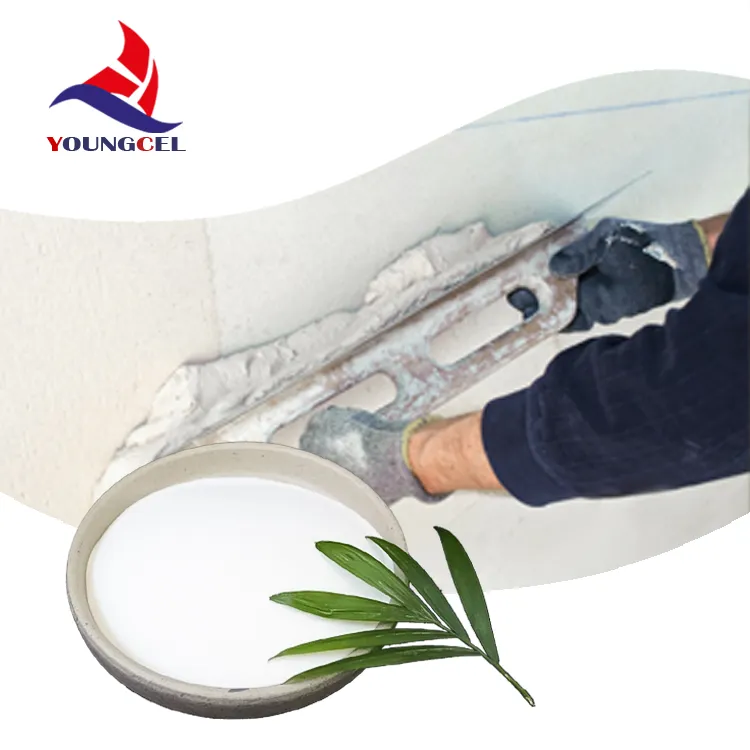The Role of Cement Additives in Modern Construction
In the world of construction, cement serves as a foundational element, anchoring structures and ensuring durability. However, raw cement alone often does not meet the diverse performance requirements necessary for various environmental conditions and structural demands. This is where cement additives come into play, transforming the properties of cement to enhance its efficiency and longevity.
Cement additives, commonly categorized into two main groups chemical and mineral additives, are materials mixed with cement to modify its properties. Chemical additives typically include superplasticizers, retarding agents, and accelerators, each designed to improve workability, adjust setting times, or enhance strength. For instance, superplasticizers can significantly reduce the water-to-cement ratio without compromising workability, leading to stronger and more durable concrete. On the other hand, retarders are crucial in hot climates, allowing time for mixing and placement before the setting begins, while accelerators help in cold-weather concrete applications by speeding up the curing process.
Mineral additives, such as fly ash, slag, and silica fume, are often derived from industrial byproducts and play a vital role in sustainability. Incorporating these materials not only reduces the environmental impact of cement production but also enhances the mechanical properties of concrete. For example, fly ash improves the workability and resistance to sulfate attack, while silica fume enhances the concrete's strength and durability, making it an attractive option for high-performance applications.
cement additives

The integration of cement additives not only improves the material properties but also contributes to energy efficiency
. By optimizing the mix design and properties of cement, manufacturers can reduce the cement content required in construction, leading to lower energy use and reduced carbon emissions during production. This aspect is increasingly important as the construction industry strives to meet global sustainability goals.Moreover, advances in technology have led to the development of engineered cement additives tailored for specific applications. These innovative solutions address unique challenges, such as enhancing resistance to extreme weather conditions, increasing longevity, and improving overall structural performance. For example, in regions prone to earthquakes, specialized additives can enhance the ductility of concrete, offering better protection against seismic activities.
In conclusion, cement additives are integral to modern construction, providing solutions that address both performance and environmental challenges. As research and technology continue to evolve, the use of these additives will likely expand, leading to even more efficient and sustainable construction practices. The future of concrete lies not only in its raw materials but also in the intelligent selection and application of cement additives that meet the varied needs of a rapidly changing world. By embracing these innovations, the construction industry can ensure that structures are not only built to last but also built responsibly.
-
A Comprehensive Guide to Methyl Ethyl Hydroxyethyl Cellulose: Applications and Industry InsightsNewsNov.24,2025
-
Understanding Methyl 2 Hydroxyethyl Cellulose: Uses, Benefits & Industry InsightsNewsNov.24,2025
-
Hydroxyethyl Methyl Cellulose HEMC: Industrial Uses, Benefits & Future TrendsNewsNov.23,2025
-
HEMC Cellulose: Versatile & Sustainable Industrial Polymer | YoungcelNewsNov.23,2025
-
Methyl Hydroxyethyl Cellulose: Versatile Building Block for Industry & SustainabilityNewsNov.23,2025
-
CAS 9032 42 2: Understanding Polyvinyl Alcohol's Impact on Industry & SustainabilityNewsNov.22,2025




